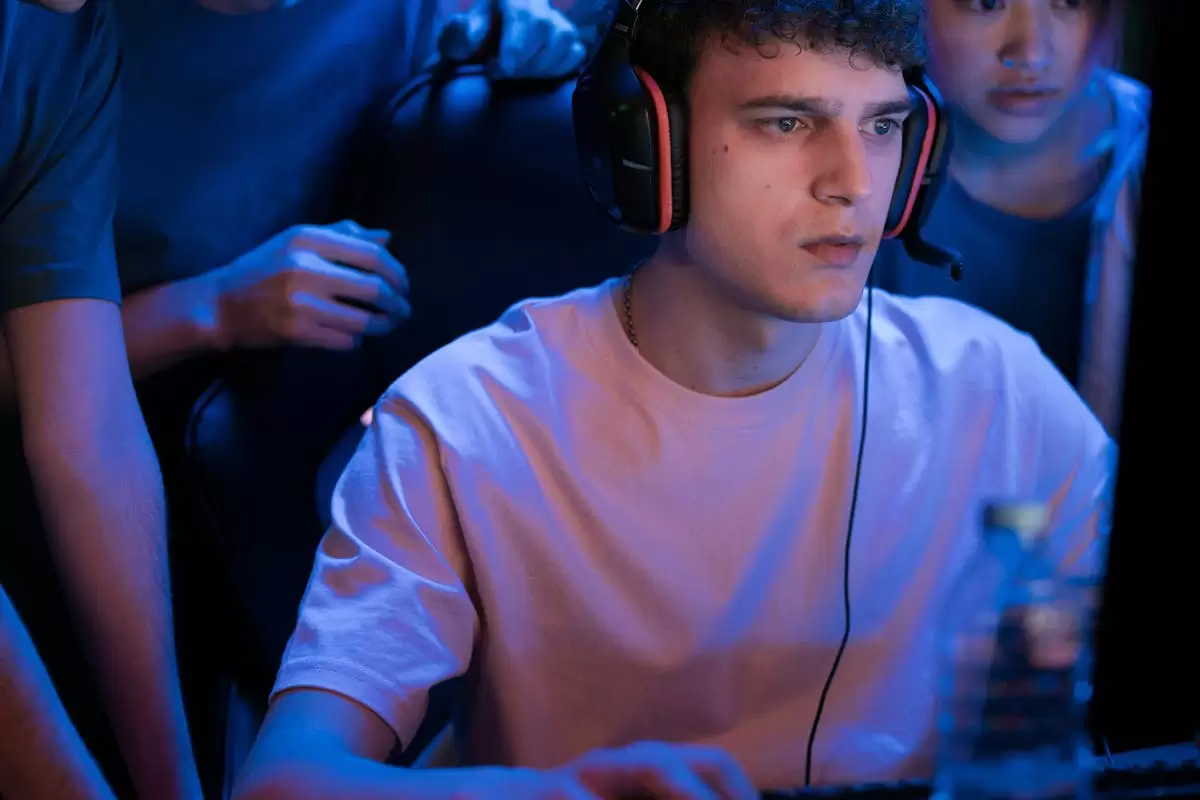Remember the buzz of a local mall on a Friday night or the sense of community that a town square gathering once had? For many of us, especially among younger generations, these social hubs are no longer just physical, but digital spaces we access through our screens. This profound cultural shift quietly moved our social interactions online. Now, we have chat messages that ping all night, virtual events with worldwide guests, online religious services, conferences, and seminars.
The digital migration extends far beyond social media and into online gaming and platforms such as kasyno internetowe. It’s a fundamental evolution that incorporates participatory socializing into passive scrolling to create immersive virtual worlds. This journey spans both the curated landscapes of social networks and the dynamic shared frontiers of online entertainment, building virtual communities through shared experiences and collaborative actions. In this article, our team of experts from KasynaOnlinePolskie looks at the convergence of social and digital experiences from an insider’s perspective.
Social Media: A Social Life With Artificial Flavor
While digital town squares are vibrant, multi-layered spaces, their foundations were laid by the rise of social media. Platforms like Facebook and Instagram taught a generation to build and maintain relationships through a screen, but in a specific, curated way. Social media has become a digital stage where we perform to an audience of followers. A study by DataReportal found that in Poland, 27.5 million people, or more than half of the population, actively used social media in 2023.
From the beginning and, to some extent, today, the same core tension remains — the drive for connection is shaped by the pressure to be perceived in a certain way. We connect massively, yet these platforms often foster a form of passive consumption, where we scroll through highlights rather than actively create them together. This limitation of performative connection can create a vacuum, paving the way for a more immersive and interactive digital social realm.
Turning Scrollers Into Active Participants
How did we go from just watching other people’s vacation photos? We started wanting to do things together online. People began craving real-time interaction and shared experiences, not just updates. This is where the whole social digital aspect expanded. We can now watch a live stream of almost any event and chat with hundreds of others simultaneously.
“This is a noticeable trend in the iGaming world. It’s not just about the wins and games anymore,” explains Kuba Nowakowski, an experienced author and gambling expert at KasynaOnlinePolskie.com. “Players are in search of a social element that will boost their thrill during gaming. What insiders observe are more logs on the live dealer table and more users in the live chat function. Both evoke the genuine feeling of sitting at a casino table with others. This whole move towards interactive platforms transforms the industry, placing it in line with the global trends. From live streaming to gaming, the social element transforms the internet from a billboard into a playground you share with your friends,” concludes Nowakowski.
Online Gaming: The New Social Frontier
The desire for shared digital experiences is reflected in the world of online gaming. Here, social interactions are no longer a secondary feature, but frequently the very engine of the experience. Games like Fortnite or Minecraft have become the modern equivalent of a neighborhood park or a local hangout spot. Millions log in to socialize, not just to compete or complete quests. They meet friends, collaborate on a shared project, and enjoy a communal space that transcends physical distances.
The puzzle of social interactions in the gaming world is complex. Players don’t just communicate, but coordinate and strategize together, developing a unique language filled with inside jokes and memories. Moreover, a victory achieved through teamwork creates a bond far stronger than a like on a social media post.
This is why, according to experts, online gaming platforms have become “third places,” or essential social environments separate from home, work, or school. They are the digital pubs, community centers, and creative workshops in one, where the primary activity isn’t necessarily the game itself but the rich social life that flourishes within its boundaries. Online games are really the culmination of the digital shift in the modern world. They invite audiences to move from the observer’s spot to actively building a collective life with others, online.

Architecture of Virtual Social Life
The mass migration to digital socializing isn’t accidental but fueled by powerful technological and psychological trends. On a practical level, today, the infrastructure exists to make this digital social life seamless. High-speed internet and powerful, accessible devices have removed any technical barriers, making virtual worlds as readily available as a text message.
The true catalyst runs even deeper, tapping into fundamental human needs. We are social creatures wired for community. Online games and interactive platforms masterfully fulfill this need by providing structured environments for collaboration and a powerful sense of belonging, wherever we are. Players find their role and identity within a World of Warcraft guild or a crew in a multiplayer shooter game. Working towards common goals fosters genuine camaraderie.
These spaces offer unparalleled convenience and a globalization of friendship. They allow us to maintain and deepen bonds with people regardless of geographical dispersion and turn a solitary hobby into a vibrant, social gathering. This combination of technological enablement and deep psychological reward has made digital worlds not just an alternative to physical socializing, but for many, a preferred and more fulfilling option.
Benefits and Challenges of Going Digital
Digital social lives offer amazing new ways to connect, but they also introduce a set of modern challenges that we’re still learning to cope with. On the positive side, the benefits are significant. Digital platforms break down geographical and, somewhat, economic barriers and offer a sense of belonging to individuals coming from marginalized groups.
For some, digital spaces offer a safe space for expression in addition to a vital sense of belonging that might be lacking in their immediate physical environment. Furthermore, collaborative games and projects require real teamwork, negotiation, and communication, helping users develop valuable soft skills in a dynamic setting.
However, these very same spaces have a well-documented darker side:
- Anonymity and physical distance can fuel toxic behavior, including harassment and hate speech, which can poison communities, causing psychological harm to an individual or on a massive scale.
- The compelling, always-on nature of digital worlds also raises concerns about addiction. Frequently, the line between healthy engagement and compulsive use becomes blurred.
- There is a valid concern that our ability to navigate the subtle nuances of face-to-face communication, like reading body language or sustaining a spontaneous conversation, may erode.
Acknowledging these two sides is crucial for navigating our new social reality wisely, not blindly.
Next Step: The Integrated Future
The journey from the curated profiles on social media to the dynamic worlds of online gaming marks a fundamental restructuring of human connections, and it’s not going to stop there. Our social lives are no longer moving online but are being rebuilt digitally, centered on shared experiences rather than just shared information.
This is not a simple replacement of physical with digital, but the rise of an integrated social reality. The communities forged in virtual spaces produce real-world friendships and skills, blurring the line between the real and virtual worlds. The challenge ahead lies not in resisting this shift but in navigating it with wisdom and harnessing its power for the global community while mitigating potential risks. The digital frontier now represents a permanent, but evolving layer of social life, and understanding it is part of the key to understanding how we connect.









